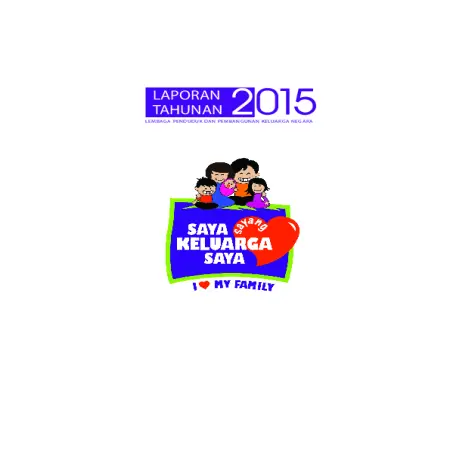Browse by Year
Results for Year : "2016"
|
|
Living the 'reduce, reuse and recycle' lifestyle
Item Type: Conference or Workshop Item
Editor:
Year: 00/00/2016
Abstract: In this presentation, the author will emphasise the urgency for "living the ‘reduce, reuse & recycle’ lifestyle” because humanity is living well beyond the ecological limits of one planet. Based on ecological footprint analysis, a tool for measuring sustainability, the biocapacity for humanity to be sustainable in 2012 was 1.7 global hectares (gha) per person (Global Footprint Network 2016; EF&B in 2012). Yet, the actual footprint of 2.8gha per person in that year globally indicates we were consuming the resources of 1 ½ planets. When we note further that some countries only survived on the equivalent of 0.7gha per person while others consumed the resources of over four planets at more than 8gha per person, it highlights the inequity of consumption across the human population. If this trend continues without shifting to a ‘reduce, reduce, reduce’ lifestyle, we will not achieve the sustainable development goals or Agenda 2030. Further, we will be borrowing from the future generations and compromising on their ability to meet their own needs. With a footprint of 3.7gha per person, Malaysians are already consuming the resources of more than two planets. Next, consumption patterns in 550 urban households in Malaysia based on data from an EPSM survey will be presented. In order to make the sustainable shift to ‘reduce, reuse & recycle’ lifestyle, an institutional framework needs to be created to mainstream sustainable development, as advocated by EPSM’s ongoing Sustainable Living in Malaysia (SLiM) campaign. Serious efforts need to be made to reduce our consumption of energy (electricity and fuel), water, meat and waste generation, including unnecessary shopping. In conclusion, the author will highlight examples of living the ‘reduce, reuse and recycle’ lifestyles.
|
|
|
|






